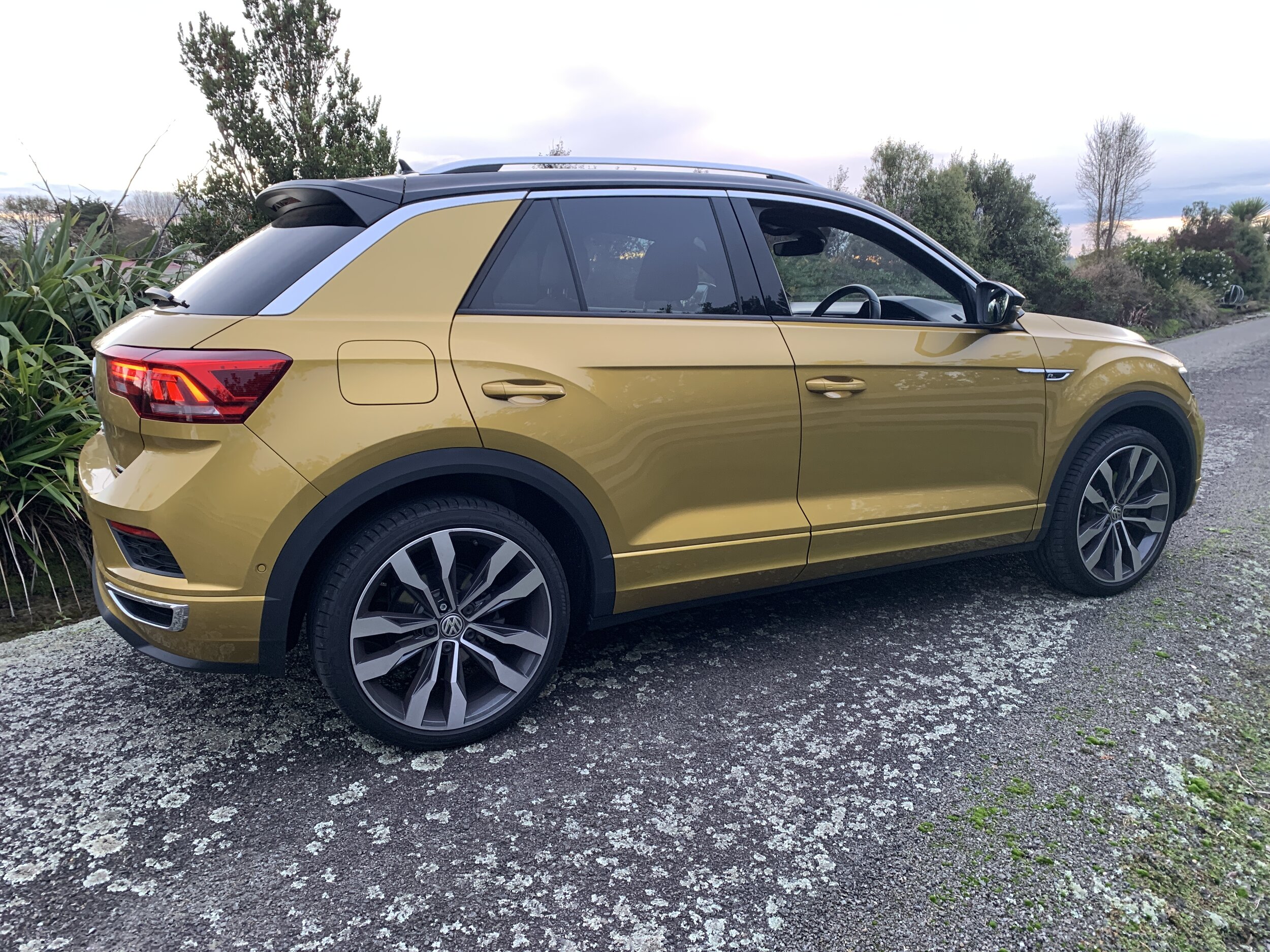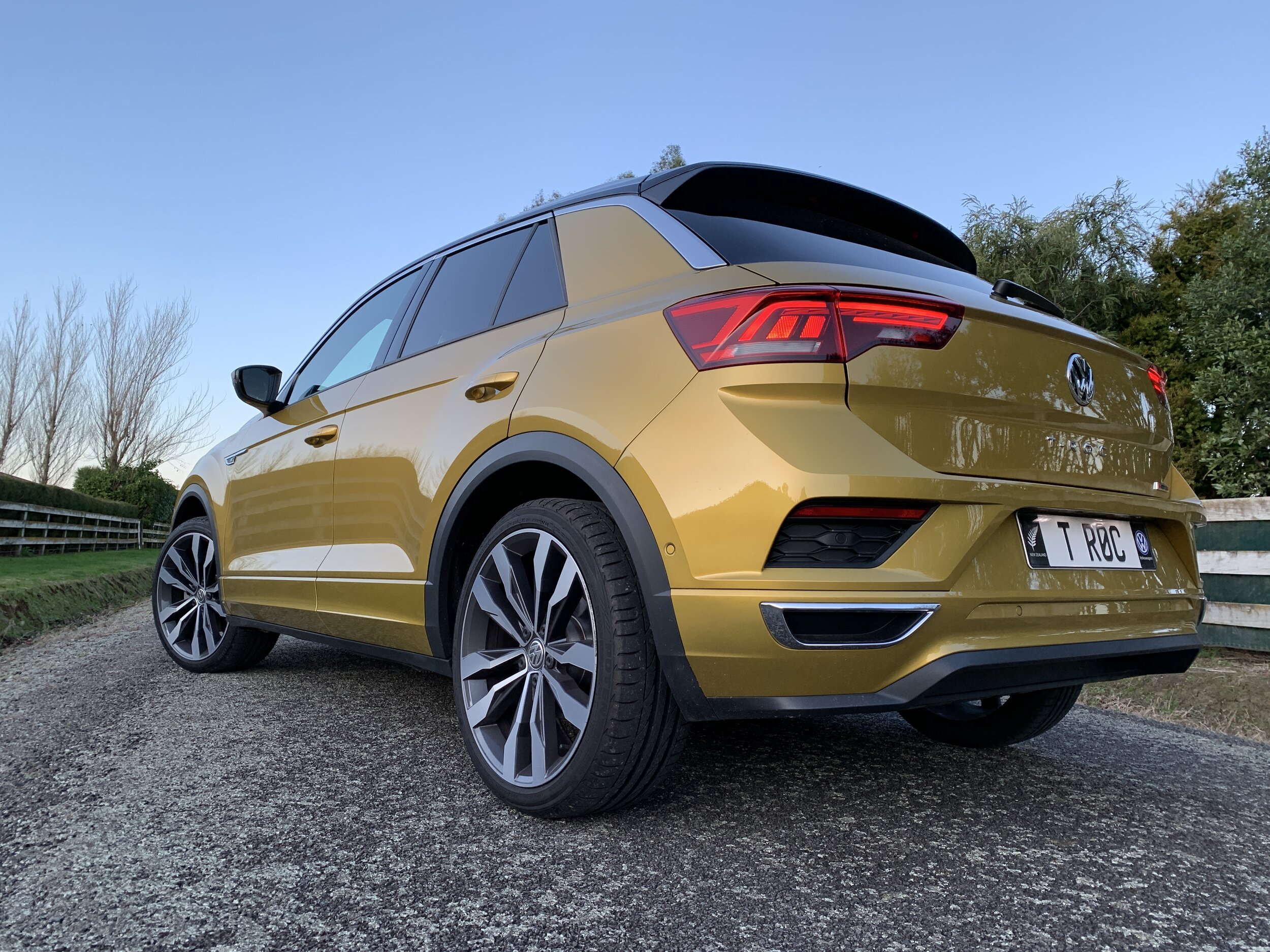Peugeot 2008 GT, Volkswagen T-Cross R-Line: From the clean scene
/
Compact crossovers are all the rage and there’s nothing wrong with Euro flair, so …
ONE can but rarely does, the other cannot and simply shouldn’t.
If you’re still confused by the difference between a sports utility and a crossover – and it’s understandable, as both types are going for that achingly trendy rugged and ever-so-slightly bulked look - then that’s a good a disparity as any.
Effectively, it comes down to the first type generally having an off-road ability whereas the others aren’t so much wannabes than never-weres …. presenting in two-wheel-drive in a way that just isn’t tailored for any kind of daily driving surface other than those created by man. They absolutely eschew any kind of off-road gumption, which is okay because you were never going to use it anyway.
The cars on test today are high achievers at the art of looking a touch terrain-trustworthy yet in a manner that relates clear desire to steer clear of icky dirt or grime.
If anything that ambience enhances probable appeal as perfect choices to become hatchback alternates for those seeking a sensible urban and occasionally open road choice with recognition that even all-wheel-drive mightn’t make a jot of difference in those environments.
There’s more going on here, of course. Almost all crossovers have become the Swiss Army knives of the car world through their clever packaging, but there’s no argument that can be a secondary consideration to at-wheel playfulness and how well they present at the kerbside.
In that respect, the two models here do seem to have a certain something more.
VOLKSWAGEN T-CROSS R-Line
Price: $43,490
Powertrain and economy: 1.5-litre four cylinder turbopetrol, 110kWkW/250Nm, 7-speed dual-clutch, FWD, combined economy 5.5 L/100km, CO2 126 g/km
Vital statistics: 4235mm long, 1782mm wide, 1584mm high, 2551mm wheelbase, luggage capacity 455 litres, 18-inch alloy wheels.
We like: Smart but sensible ambience, good ride, nice engine.
We don't like: Some interior plastics, stop/start abruptness.

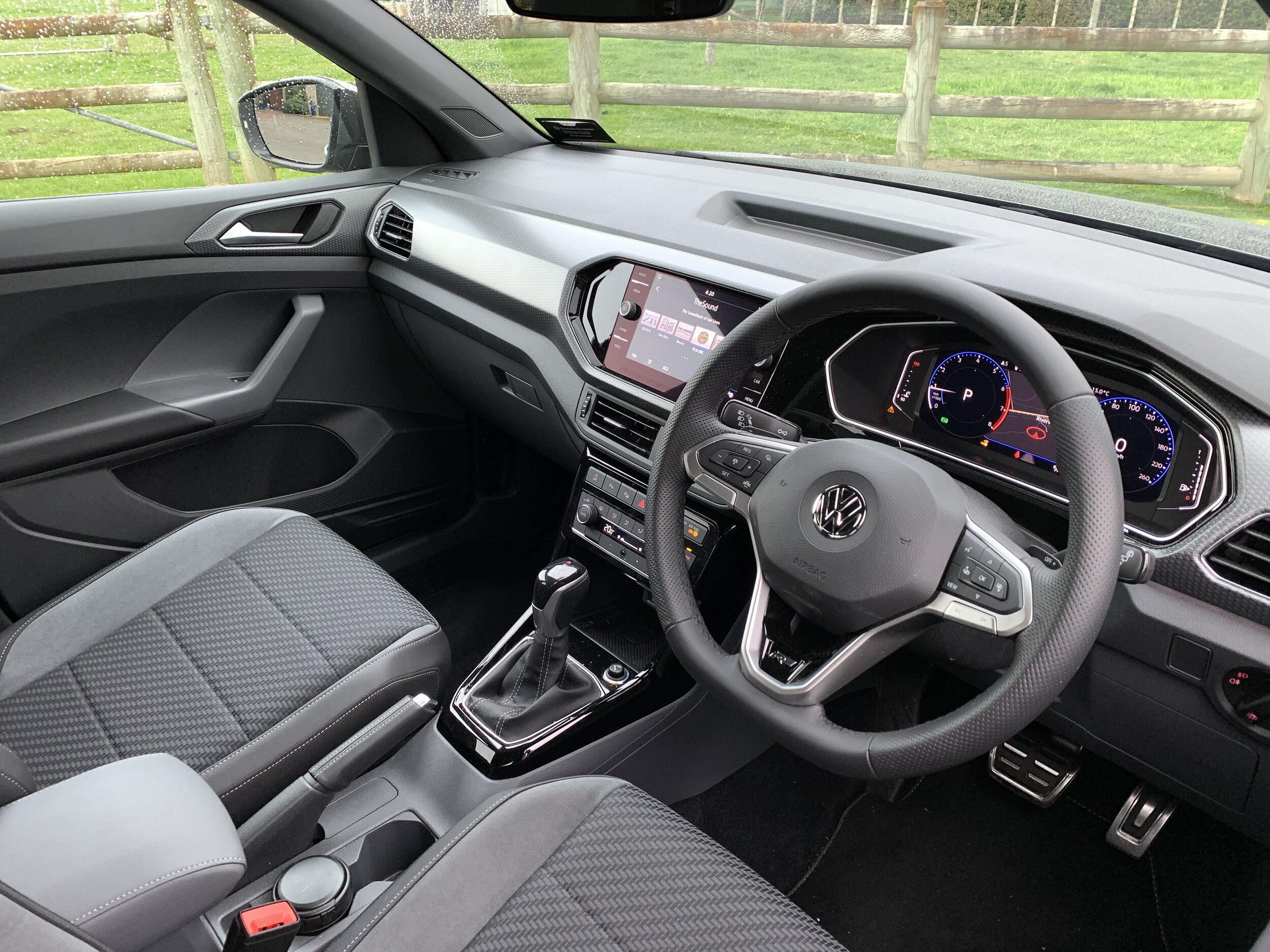
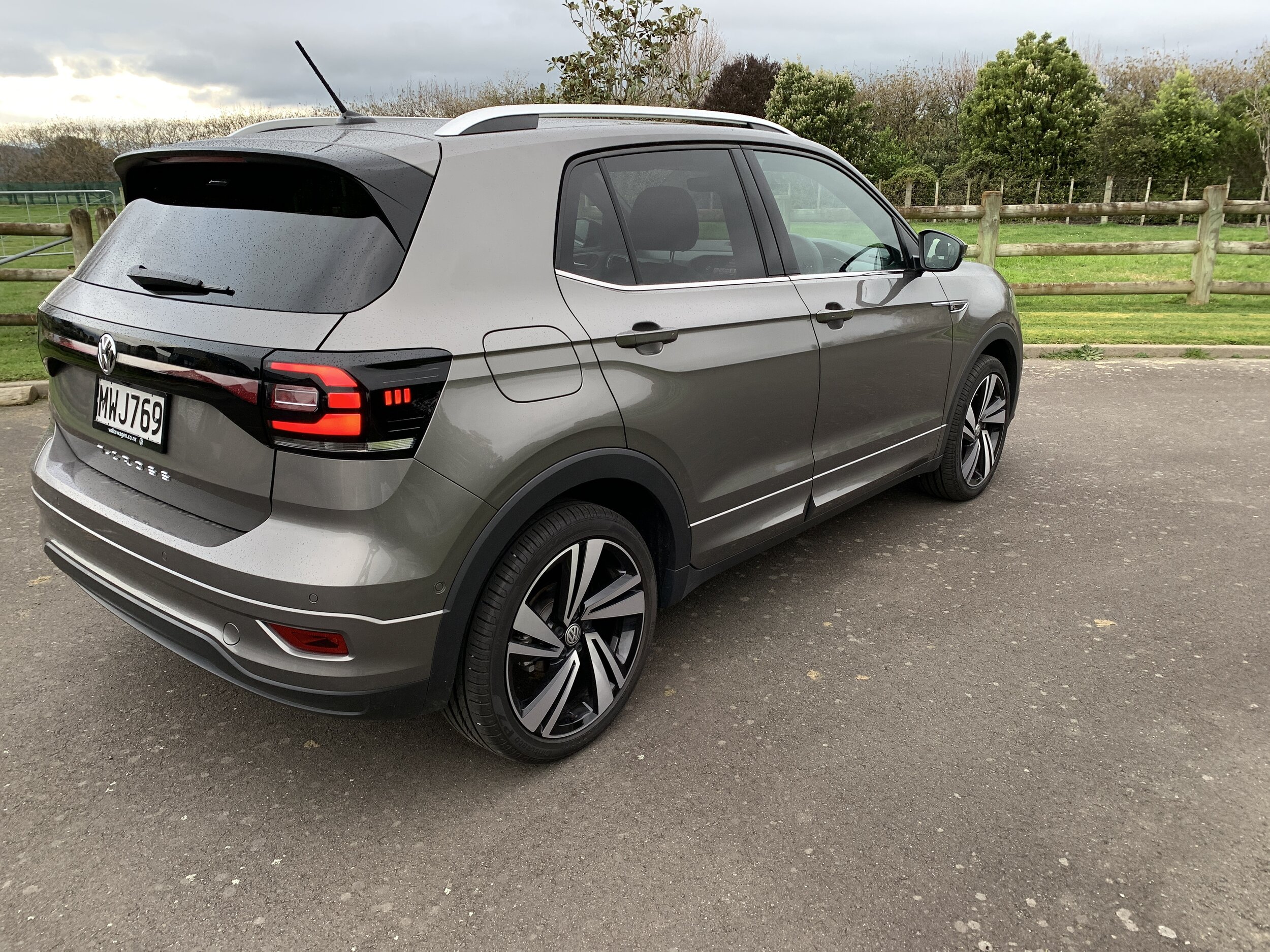
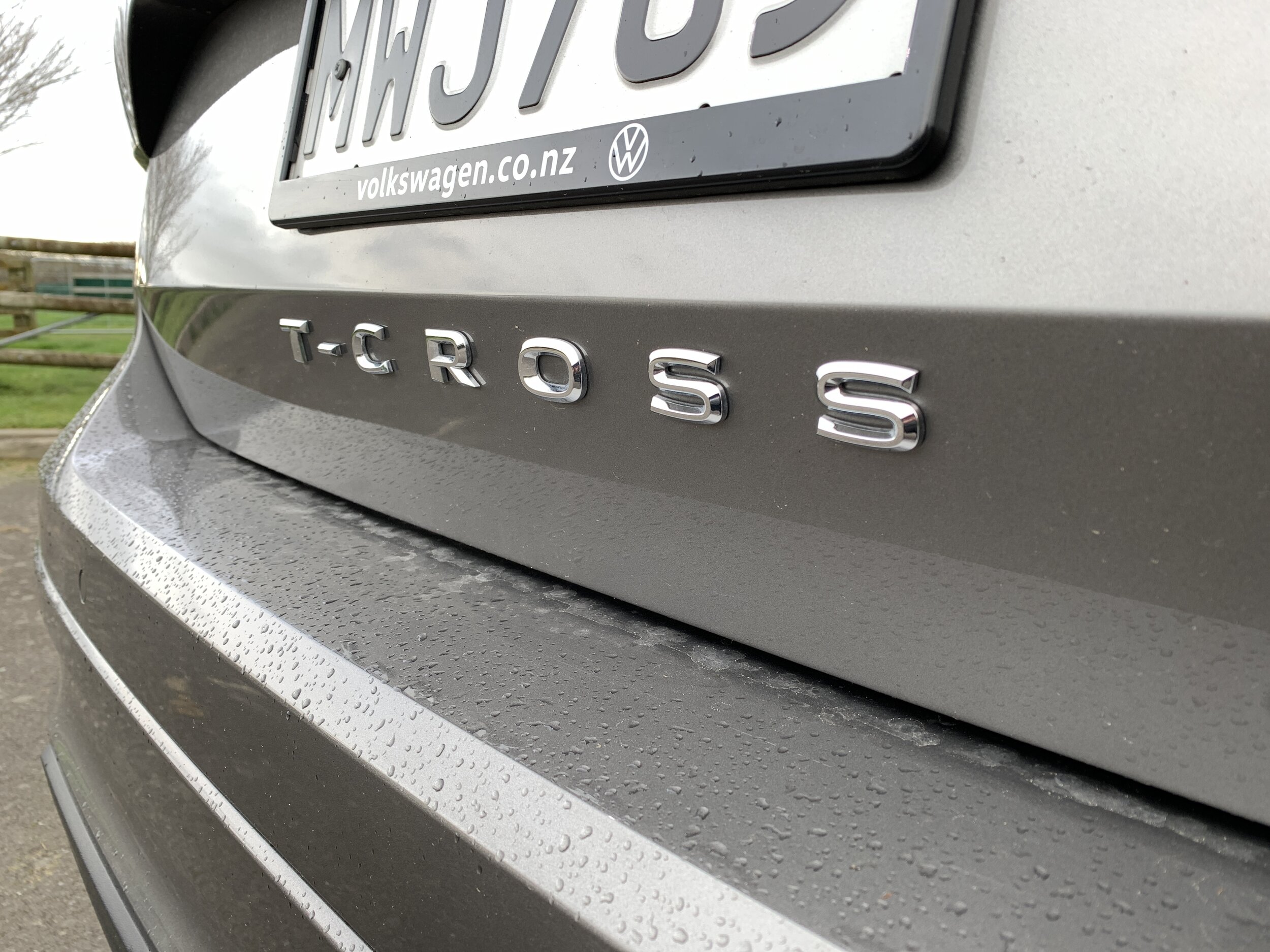
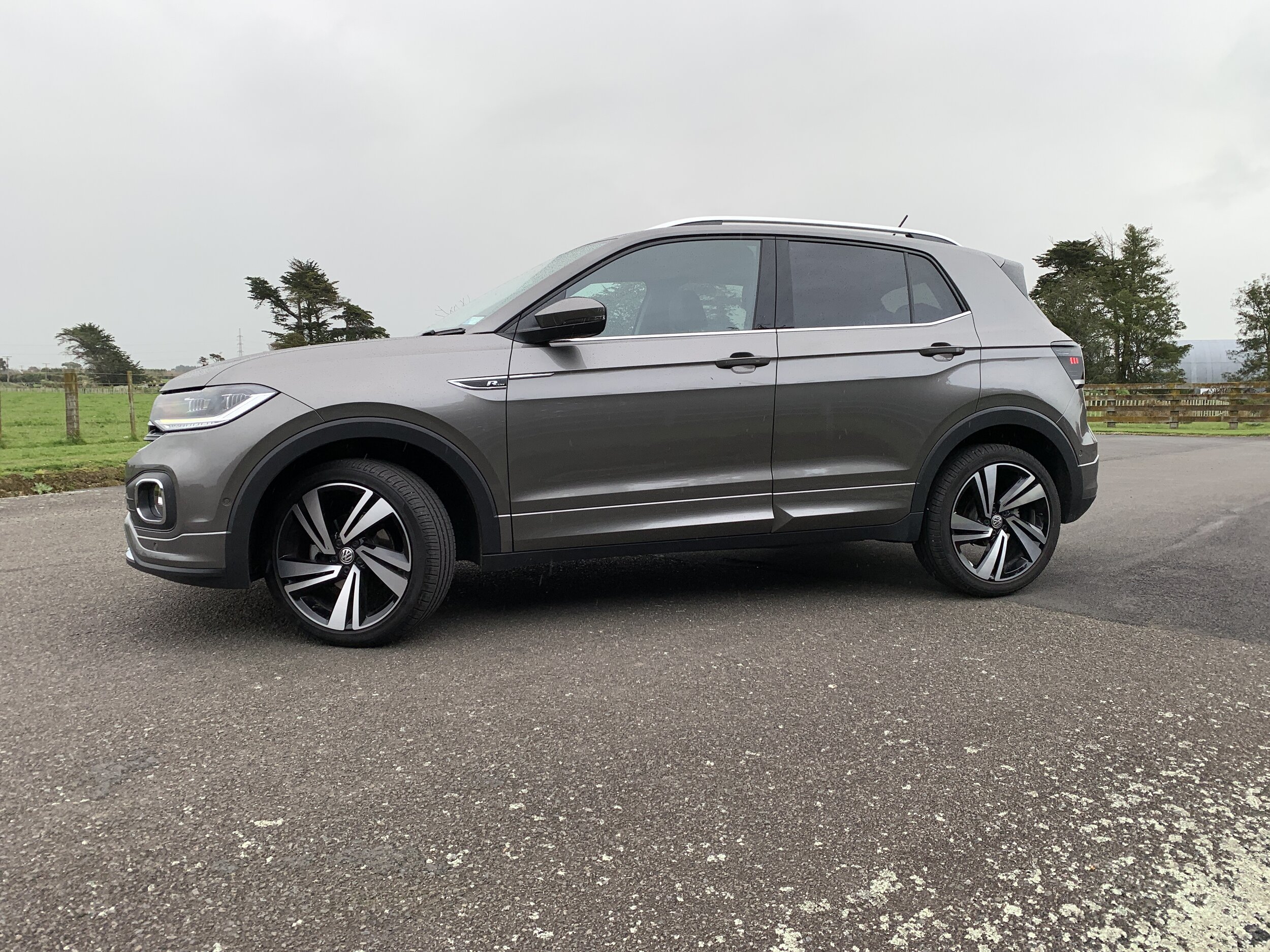
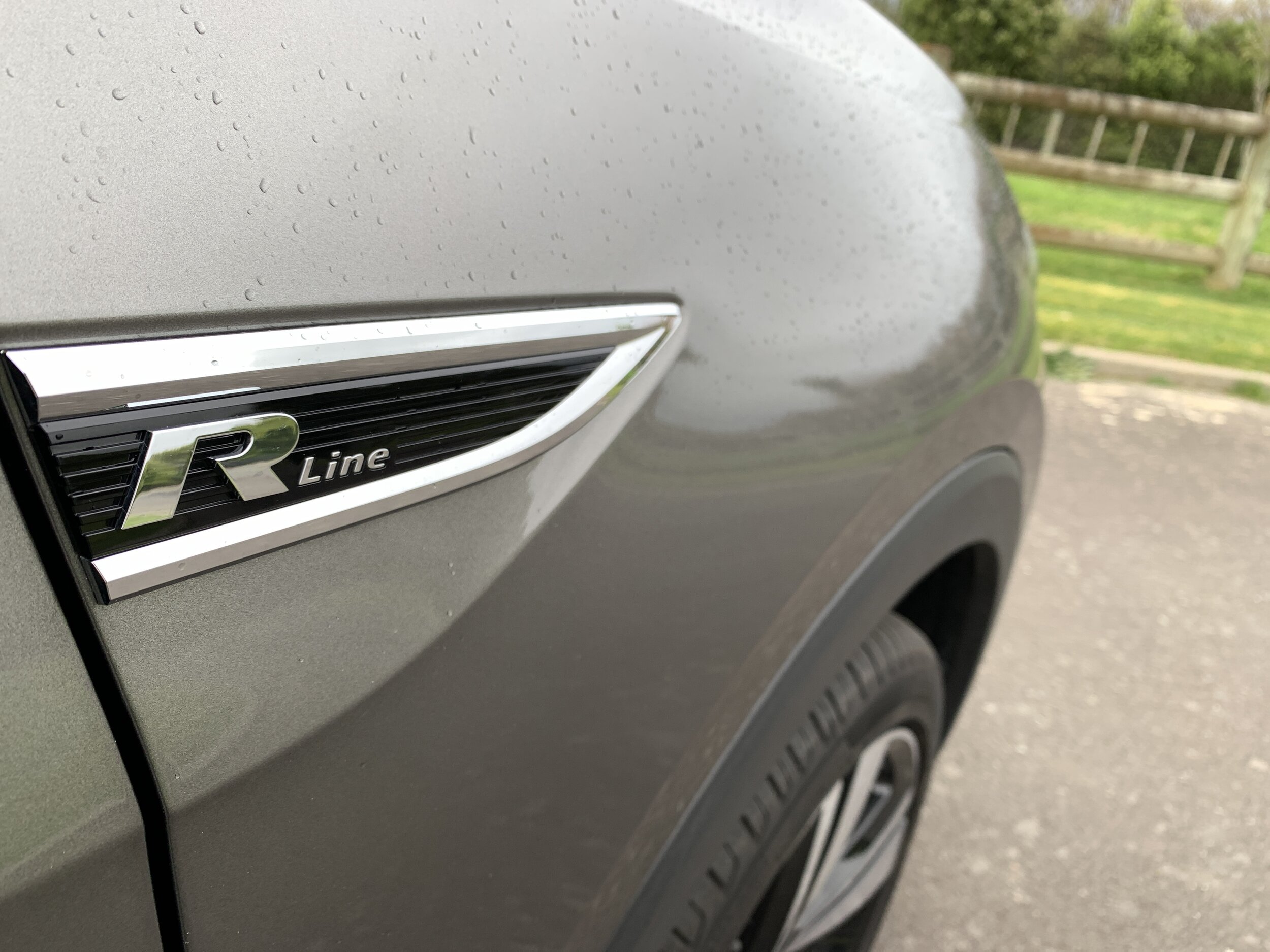
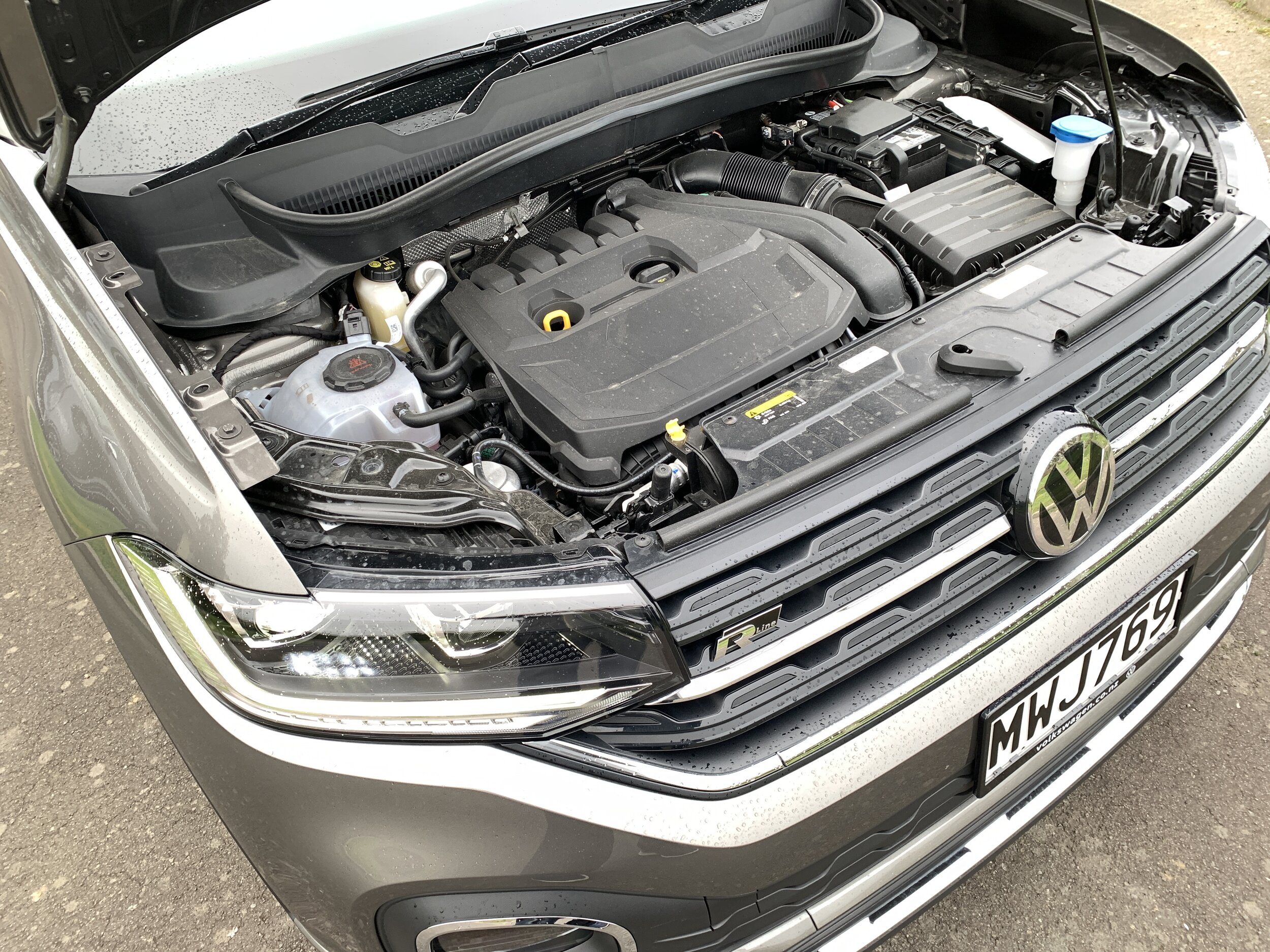
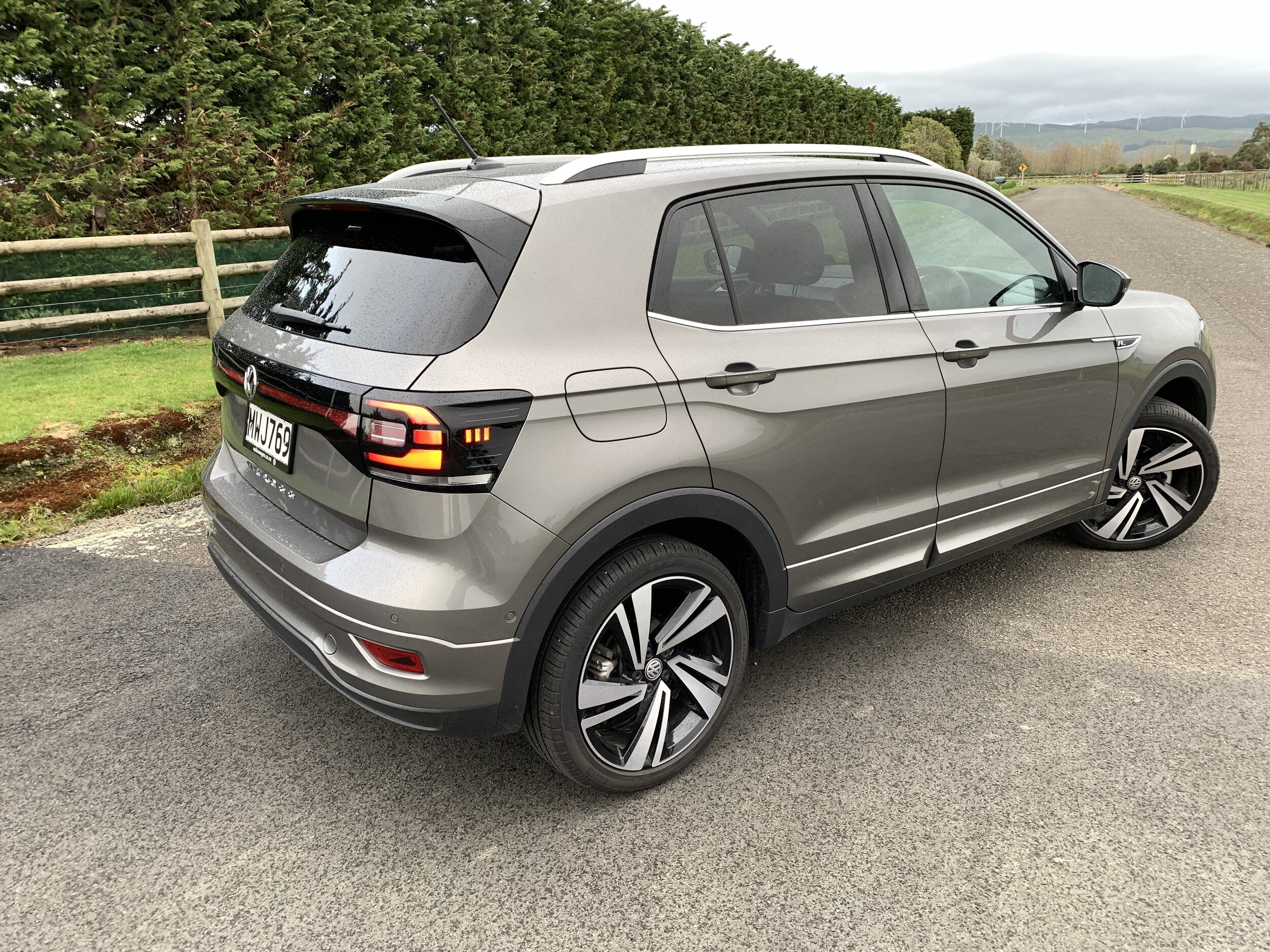
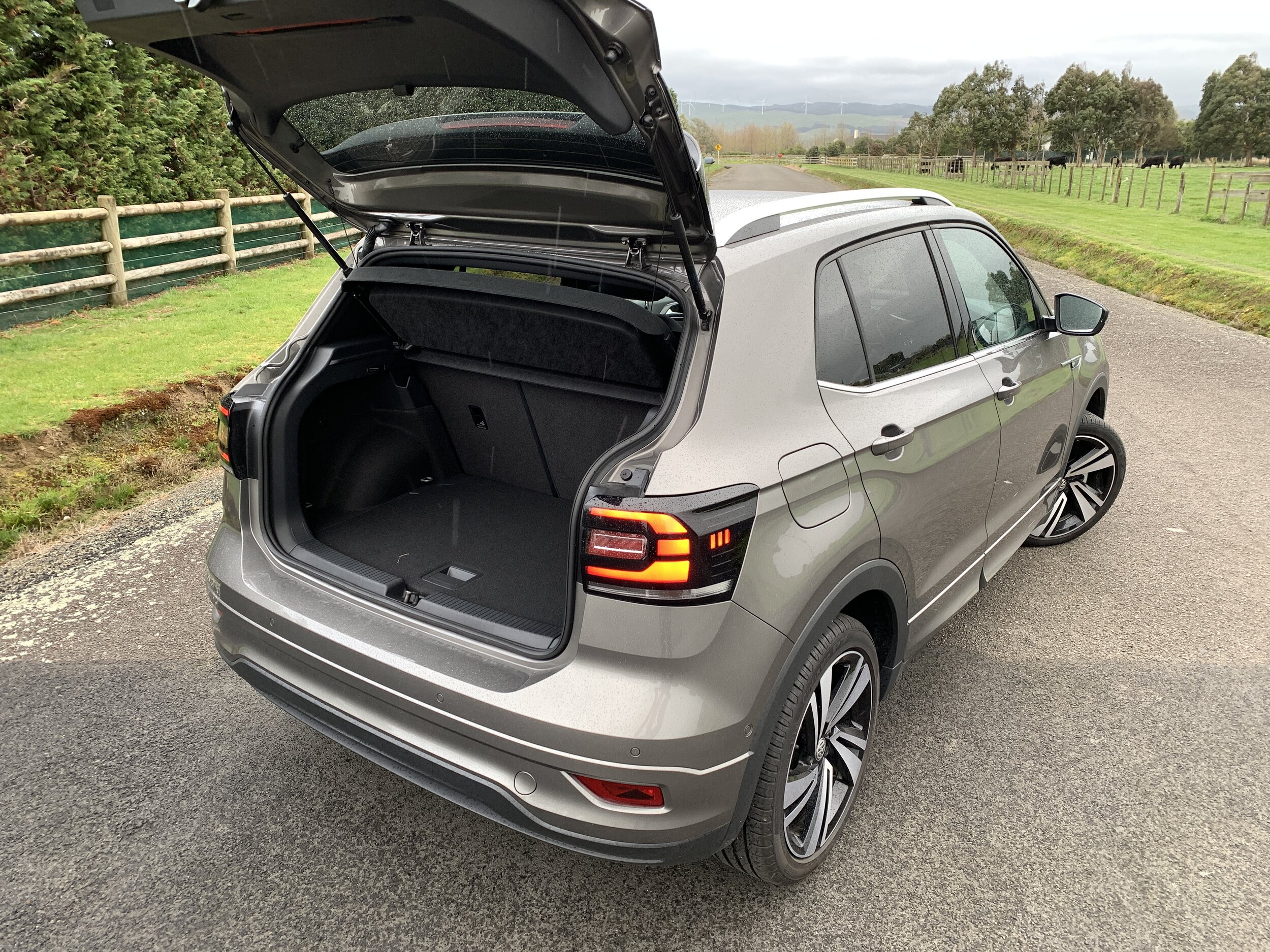
THINKING small has been a careful process for Volkswagen; basically, it’s taken the best part of a decade for it to arrive at this car, the new baby of its sports utility/crossover family.
The project started in 2012, when Wolfsburg’s designers created the Taigun concept; basically a quasi rockhopper based off the Up! City hatch. It was greenlit for sale by 2016, but obviously that never happened. After giving it more thought, VW determined the car would be too small. They’ve since junked the Up!, too.
It then started over, shifting focus to what now have, a larger but still tightly dimensioned derivative of the Polo hatchback. The Taigun nameplate hasn’t gone to waste, as it is being reused as a rebadged long-wheelbase T-Cross. But that’s only for the Indian market, so don’t hold hope for local introduction.
The Cross delivers in 1.0-litre three-cylinder Life and Style formats which certainly sound like fun. Yet assuredly this 1.5-litre four-pot R-Line on test will also do brisk business; so many customers find it easy to buy into a flagship that seems tailored to deliver just that little bit extra verve and visual fizz. In respect to the latter, the R-Line is not as flamboyant as the limited-count 1.0-litre First Edition that’s been snapped by early birders. I wouldn’t be dismayed about that; the R-Line’s body kit embellishments aren’t as loud, yet they lend more coherence to an overall look which I suspect will be a major lure for buyers.
Sure, look at the T-Cross when it’s parked alongside the 2008 GT and there’s no argument which delivers the more drama; that Peugeot is a far more vivacious thing, not just from all exterior angles but also when you slip inside.
At same token, though, it’s easy to imagine the VW won’t loss too much ground from being less immediately striking. Whether or not we should ever celebrate when a design approach is less likely to axe-split opinion is somewhat moot.
What is more relevant is that, though it’s clearly less outrageous, the T-Cross is hardly a weak design in its own right: All the cues that link it to a wider family spanning through T-Roc, Tiguan and Touareg are there; I quite like how it acknowledges their inspiration by being upright and just a touch square. There is some plastic cladding but it isn’t overdone, in overall shape and stance it very nicely and neatly done and, more importantly, by and large it evidences as class act in ambience.
The latter is important. Small crossovers can risk being considered cheap and generally nasty because of a perception they, and the cars they derive from, are often built down to a price.
You can hardly sense that with the T-Cross; in large part because it’s derived from a hatch that has always aced on an aura of upmarket appeal but also this sub-sector has so risen in consumer popularity quite often the choices are made simply of impression of quality. In this instance, that is has much of the same dashboard and interior layout as the Polo is far from harmful. While you might only quibble about some of the interior plastics, but that’s really about it.
Having the same 'MQB-A0' platform as the Polo, the same engines, and the same basic structure also strengthens the proposition.
It's far roomier than some older small crossover models, with a decent 385-litre boot and good space in the back seats. You get some excellent front seats, the digital instrument screen looks classy and works well, and the central touchscreen is, generally, a model of simple and explicable menu layouts. It has rather handsome graphics, too.
Standard kit for a T-Roc includes a multi-function steering wheel, all-round electric windows, air conditioning, lane keeping assistant, forward collision alert with automated braking, stop-start, a blind spot monitor and LED daytime running lights. Quite a lot, then.
The R-Line upsizes the touchscreen and handily adds a reversing camera, adaptive cruise control, keyless access, digital instruments and a decent stereo system. The steering wheel integrates not only has buttons for the media controls but also for the cruise control, which in older VW’s has always been by stalks. That’s a good improvement that’ll start to transfer to other models. Also new is a wireless recharge pad for your phone; that’s good, but since you have to cable in the enable Apple CarPlay functionality it slighty smacks as a halfway. After all, your device will recharge off the US anyway. Better to to go the whole way and have wireless CarPlay and recharging, really.
The driving side of things is by large VW 101: It’s no hot hatch, of course, and less effervescent than the Peugeot when it comes to chassis balance and steering feel, but there’s a likeable honesty to the actions and it has an air of solid dependability. Those largish rims – everything but the base car runs on 18s - don't wreck the ride, and though it’s certainly not an expedition vehicle, it drives confidently on gravel and will likely not embarrass itself on a grassy field, assuming it’s not a sopping day and there’s minimum mud.
I’m keen to try this car with the 1.0-litre, because it has an awesome reputation and it’s also potentially enough for this model anyway, but would also say that in isolation, the larger capacity unit on test is going to appeal for its broad torque, sharp throttle responses and pretty decent refinement. It also works comfortably with the seven-speed direct shift transmission that, again, is common to all versions.
PEUGEOT 2008 GT
Price: $45,990
Powertrain and economy: 1.2-litre turbo-petrol inline-three, 114kW/240Nm, 8-speed automatic, FWD, combined economy 6.1L/100km, CO2 138g/km.
Vital statistics: 4300mm long, 1550mm wide, 1530mm high, 2605mm wheelbase, luggage capacity 434 litres, 18-inch alloy wheels.
We like: Effervescent engine, 3D i-cockpit, creative styling.
We don't like: Driving position.
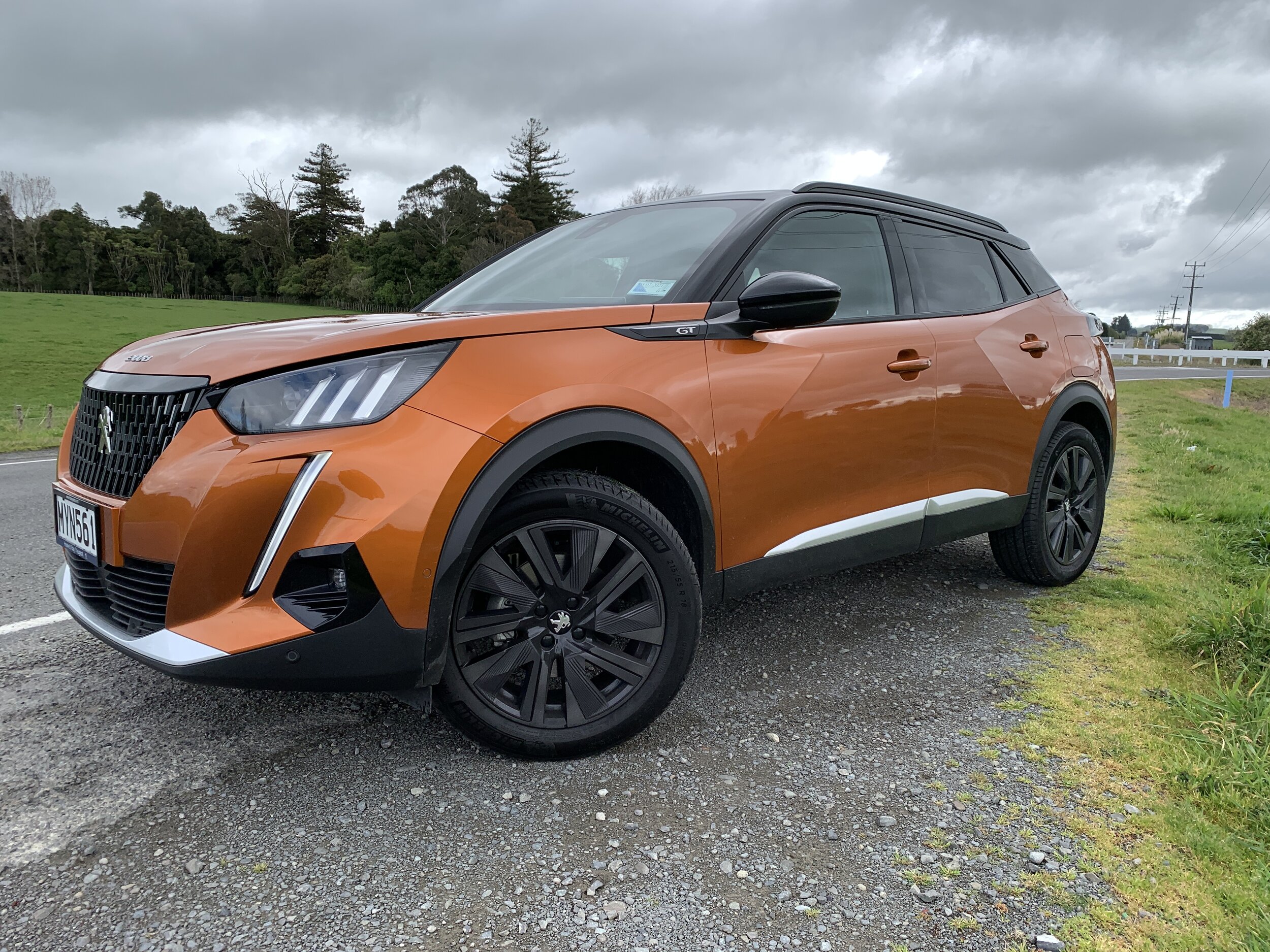
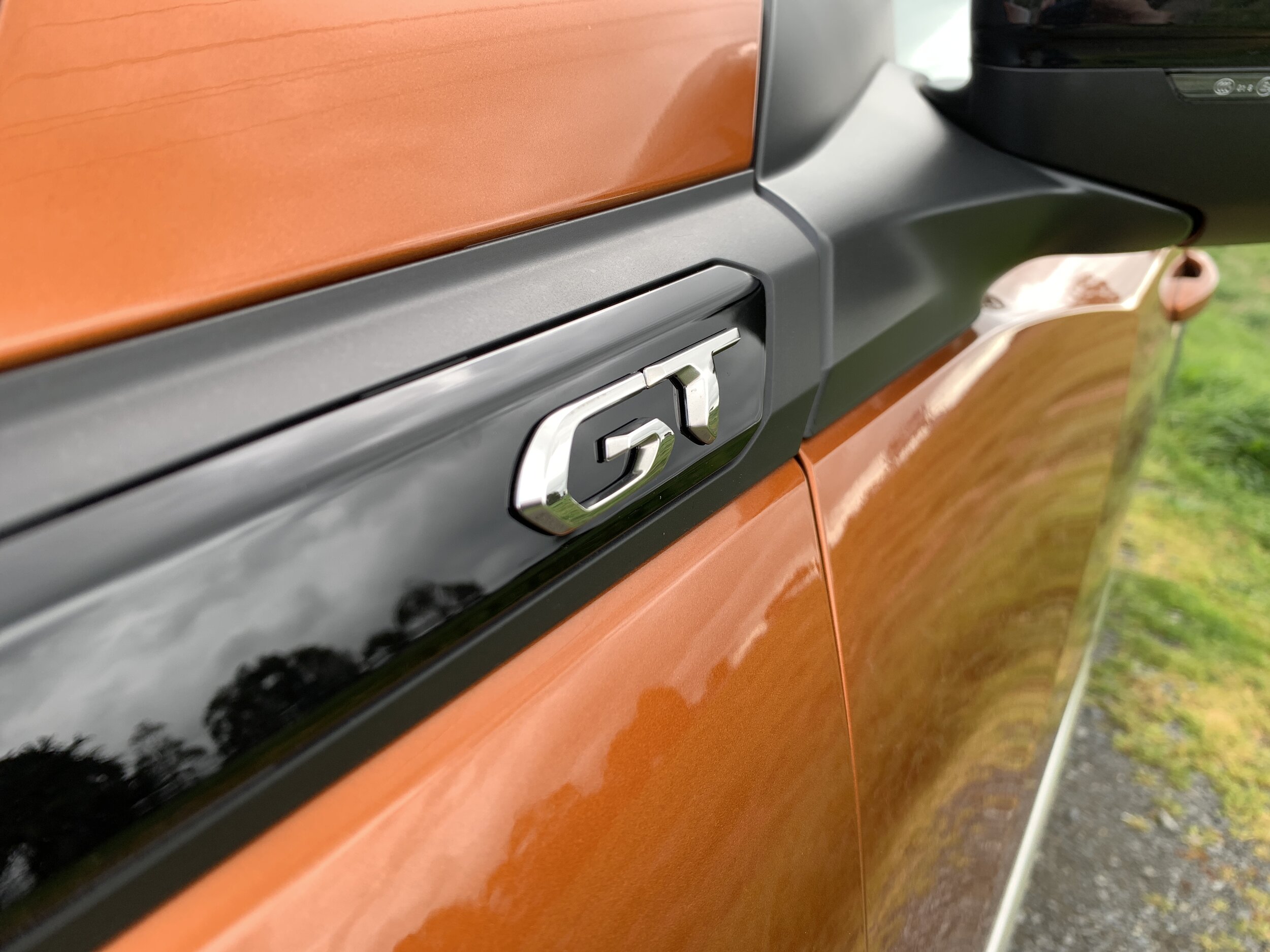
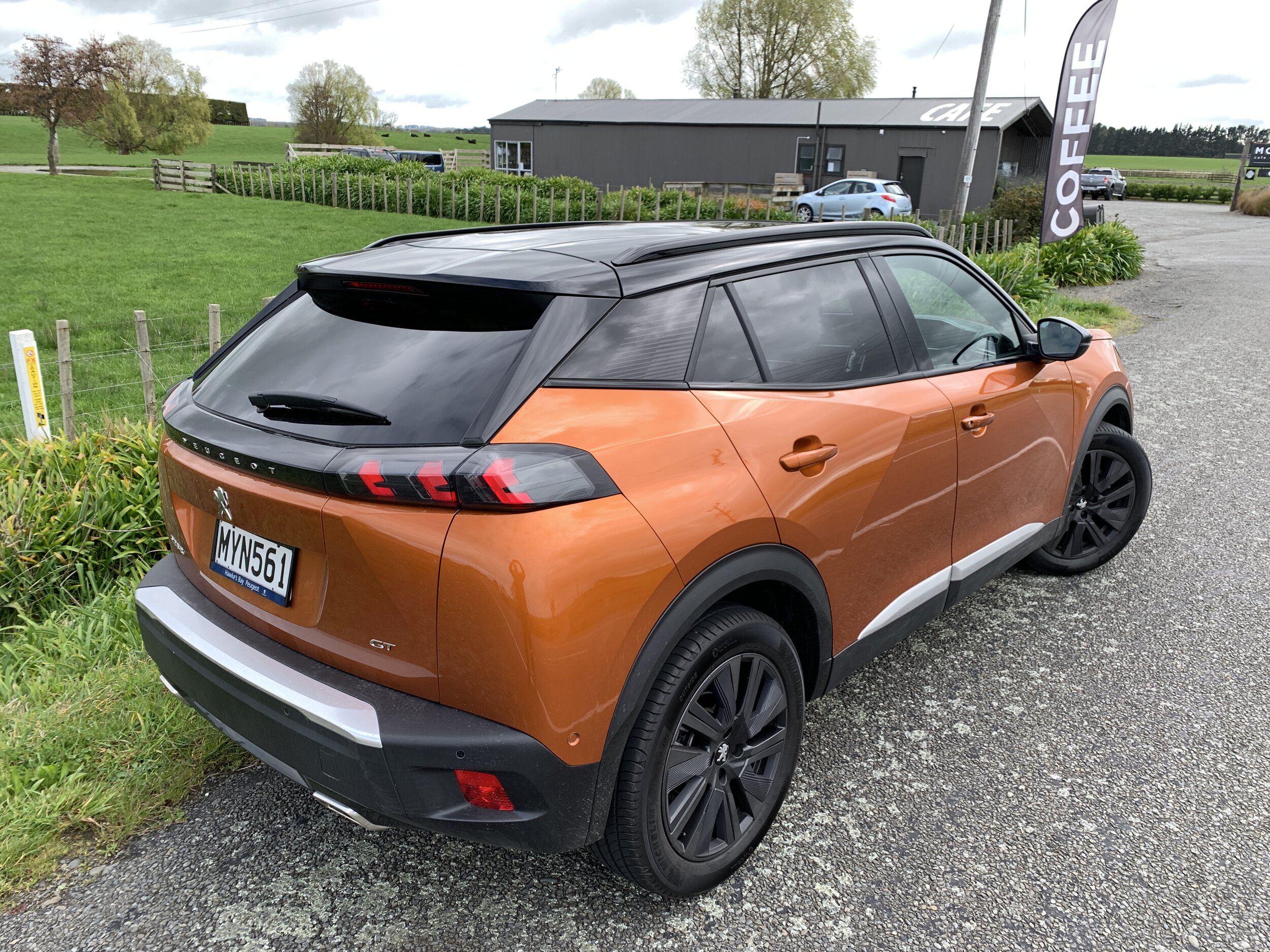
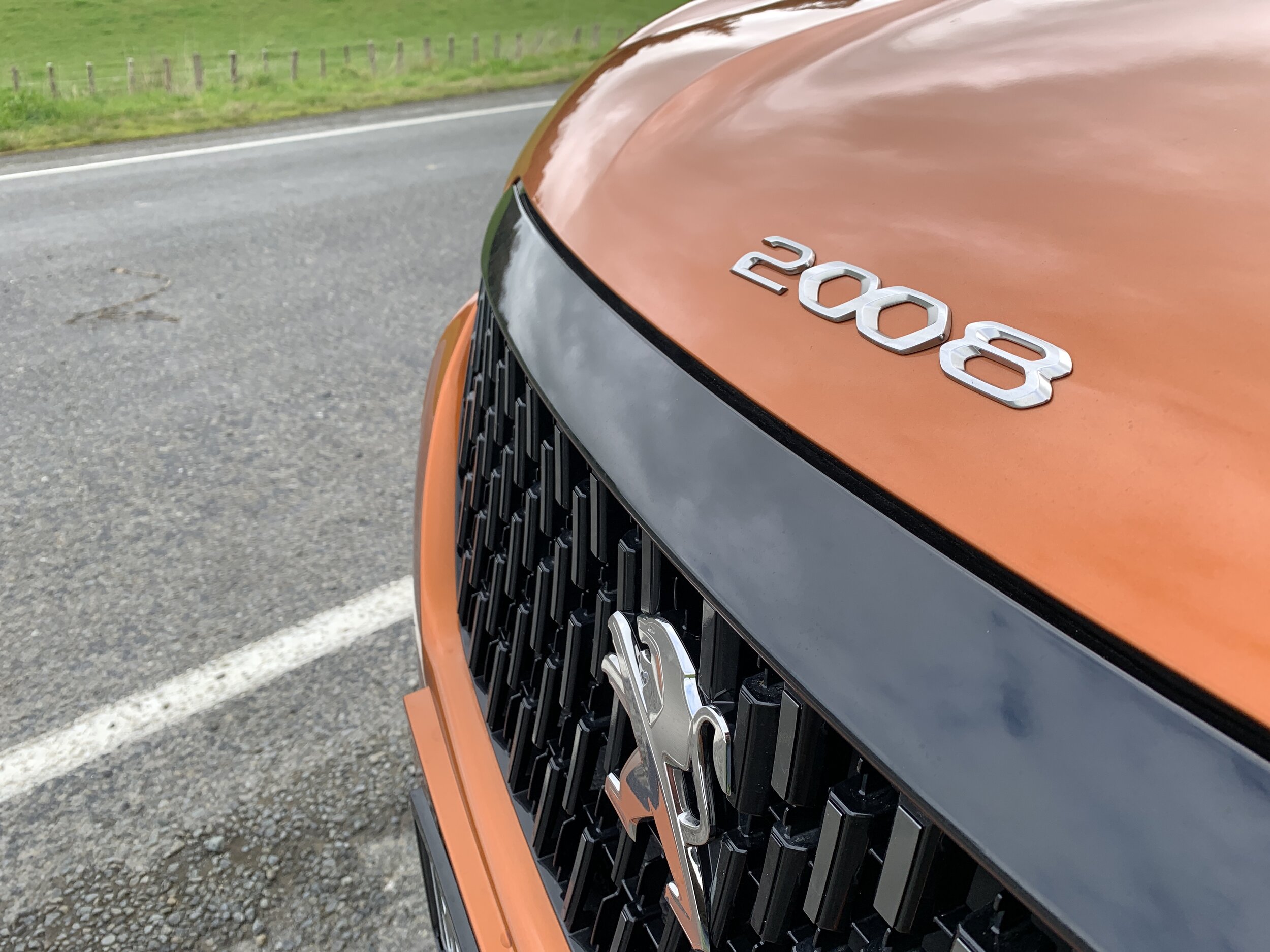


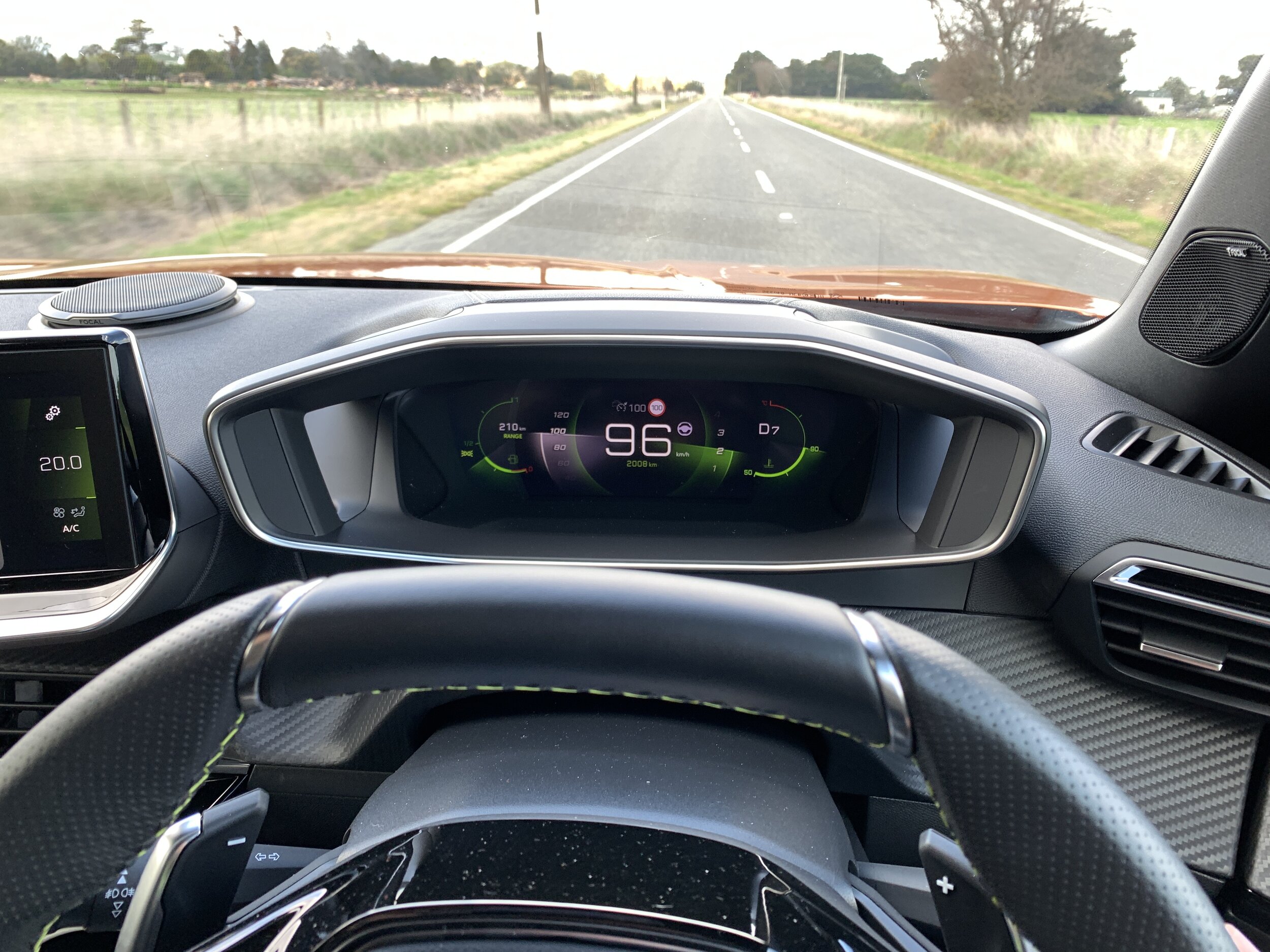
MUM and dad were average height, so too my sister. My brother? Short. So, I of course, have defied the sequence.
My tallness is not sufficient to ensure an NBA selection shortlist, but has definitely refined what I do in motorsport, which I’ve taken up at club level. Even if I had the skill set, the long legs and frame aspect ruled out single seaters.
Road cars aren’t so bad, but some are more challenging that others. For instance, the MX-5 roadster is a bit of tight fit when the top is up, but I’ll always make it work because the car is so good.
Anyway, now to the 2008. It’s been around a while now, and we’ve met before on two previous occasions, so I knew what to expect when slipping into the driver’s seat. Basically, weirdness. All to do with the iCockpit layout, which features the dials set high on the dashboard.
I’m sure it’s not a problem for an average-sized driver. And it’s clearly not one for Peugeot, because why else would they make it a signature of all its passenger product? It didn’t become an issue for Mrs B, who is rather less height advantaged than I am (and no, you can’t see the wedding photos), when she drove the car.
But it is a problem for me, and here’s why. The dinky and oddly shaped steering wheel has to be set low, otherwise the rim obscures the dials. When you're tall, that effectively asks for the wheel to place virtually in my lap, which makes for an awkward driving position that any amount of fiddling with the seat and wheel positioning just doesn’t seem to quite rectify. As I say, it’s not something everyone is irked by. I daresay a lot of people won't have a problem. And, just to reinforce, I didn’t find the car outright impossible to drive. But it often just felt awkward. So, I’d have to say it's well worth trying before you buy.
Funny thing is, the car itself is quite roomy and the seats are truly comfortable for someone of my height. Also, I’m also really quite impressed by the new instrument display in the redesigned format that’s among the key upgrade features arriving with the car’s big mid-life facelift.
The display has always been digital but now there’s a 3D effect would be easy to describe as a gimmick, but in reality, it works very well. It’s implemented by combining the 10-inch digital display with a similarly sized screen sitting a couple of centimetres further in front.
That second screen gets key information (speed, navigation, that sort of thing) beamed onto it from above, like an inverted head-up display, while the one behind also runs information. It’s not as complex as it sounds, looks utterly amazing and you don’t need special glasses. Also, there’s nothing else like it in the class nor, as far as I can tell, in any other production car. Though the much, much pricier Mercedes S-Class is promised to deliver something similar. As an option.
Anyway, where it’s really effective is when delivering the various viewing modes, selected via a roller on the wheel. Go for ‘Driving’ and you get a 3D model of the 2008 within its lane. On either side are lines, which associate with the lane keep and highlight in orange if the car thinks you’re straying into danger. It’ll ultimately intervene at the wheel, this action reminding it’s meted “semi-autonomous driving capability.” Which means hands-off for a short period, but basically it really only suits motorway running.
There’s also a way of delivering the sat nav front and centre, and having the speedo tucked off to the side, plus ‘Personal’ modes that allow you to pick what you want to appear; like a trip computer beside the speed readout. You’re probably imagining there’s every chance of all this instrument screen interaction risks becoming a distraction and yet it really isn’t, in part because the logics are … um, logical.
Not everything else is. Far less so are the row of push-buttons below the centre screen, which all seem to have dual functions, the individual activations depending on how they’re touched. Or, it sometimes seemed, simply how they were looked at.
Maybe that’s a bit too avant garde, but there are other stabs at achieving a standard of utter modernity that do pay off. One little tweak deserving credit comes with how it considers personal device interaction; in addition to a USB port, there’s another for USB-C, which is set to be the next big thing, yet is still ignored by most makers. The only other one I know of that is also doing this is … well, it’s Mercedes.
Overall, in respect to pure design effectiveness, the 2008 GT’s cabin it’s not as strong as the T-Cross’s, and neither is it as roomy – in the cabin proper, rear seat passengers won’t get the same lower leg space and might find it a touch constrained for head room, in the boot you’ll have to remove the rear parcel tray to fit anything too bulky (for me, it was a standard bbq gas bottle) - but it is rather more flairful. You’ll be more delighted to show it to others simply on that basis.
The 1.2-litre three-cylinder is now a core performer in small Peugeots, although the GT achieves a higher state of tune – so, an extra 18kW and 10Nm above standards - and achieves an eight-speed automatic rather than a six-speed.
It doesn’t seem to be overwhelmed by the extra cogs but can become a little busy; not so much in the ramp up from 50kmh to 100kmh but certainly when you’re buzzing the car down a fun road and running in Drive. The provision of paddle shifters behind the steering wheel is a not-so-subtle reminder that Peugeot’s expectation is for this kind of driving to be totally hands on. Certainly, it’s a better drive when you’re manually changing gears, having also put it into Sport mode. A function that also sharpens the throttle, weighs up the steering and makes the engine sound racier. All in all, in this level of engagement, it’s a proper little scamp and no end of fun. Not that secondary road driving is the only forte. Actually, it has a wide talent when it comes to driving, which might surprise because, relatively speaking, it is a small car.
Yet it doesn't drive like one. It has very grown up manners especially in terms of damping and stability at speed and under braking. Body control through corners is also good, though the flipside is that the ride is a bit firm, it’s hardly disconcertingly ripply.
Assuming you’re comfortable enough with the driving position to feel wholly confident with the car. And sadly I’m not. I can see the benefit – for one, having such a small steering wheel means don't need to put in the same amount of input due to its size – and yet, it’s just not for me.
Such a shame because it is, otherwise, a little charmer. C’est la vie, right?



